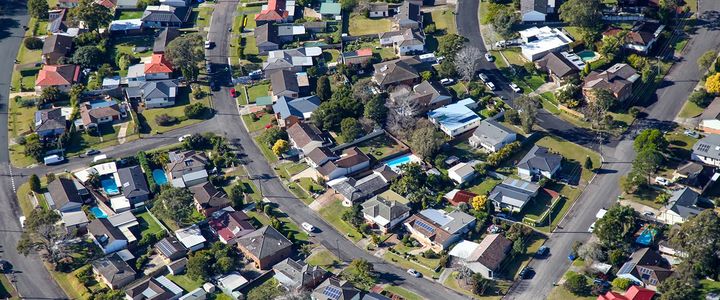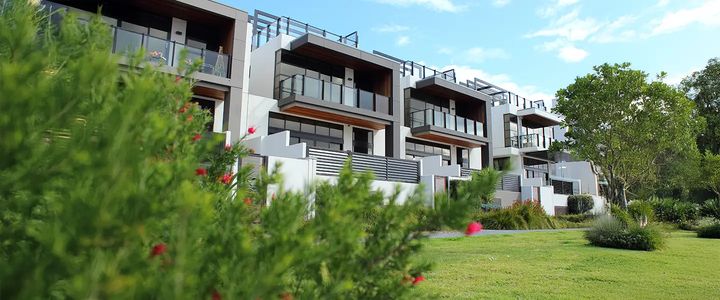If you’re looking to buy a property in Victoria you’ve probably heard people talk about stamp duty, also known as transfer duty. What is stamp duty, and does it apply to you?
Stamp duty is a tax we pay when buying a house. It is calculated as a percentage of the price of the property you’re buying and is payable to the Victorian government. On average, Victorians pay tens of thousands of dollars in stamp duty. That’s on top of their mortgage, deposit and other expenses that come with buying a property.

How much does stamp duty cost in Victoria
The exact amount of stamp duty is determined by the Victorian state government. There are four different price brackets that determine your stamp duty liability.
See the table below to get an idea of how much you will pay (accurate as of 25/01/2024).
| Property value | Stamp duty payable | |
|---|---|---|
| Up to $25,000 | 1.4% of the property value | |
| $25,000 to $130,000 | $350 plus 2.4% for every dollar over $25,000 | |
| $130,001 to $960,000 | $2,870 plus 6% for every dollar over $130,000 | |
| $960,001 and over | 5.5% of total dutiable value |

When do I have to pay stamp duty in Victoria?
You will need to pay stamp duty as part of your settlement. This means you need to make sure you budget for stamp duty on top of your deposit, registration fees, mortgage, building inspection, moving costs and other expenses. Unfortunately, settlement can’t proceed until your stamp duty is paid up and can’t defer payment like mortgage repayments.


Buying or selling?
Get the legal support
you need!
Are you entitled to any stamp duty concessions?
Now for some good news! Before you hand over potentially tens of thousands of dollars in stamp duty, it’s worth finding out if you may qualify for a stamp duty concession or exemption.
The Victorian government offers concessions for owner occupied homes valued up to $550,000 (or, up to $750,000 if you are an eligible pensioner). The government also offers a full stamp duty exemption if you are a first-home buyer and the house you are buying is under $600,000. For homes valued between $600,001 and $750,000 there is a stamp duty concession available to first-home buyers.
To find out if you meet the eligibility for concessions, see further details provided at https://www.sro.vic.gov.au.

The issues with stamp duty
For many years, people have raised concerns over the continued payment of stamp duty. The Victorian State Budget 2023/2024 estimates land transfer duty to contribute $7,360,000,000 to the budget. Critics have pointed out that stamp duty is an outdated tax that comes at what is, for many people, a financially stressful time. It is also the ongoing cause of a significant shift in home buying behaviour.
An out-dated tax
The origins of for stamp duty stem from an old system of government. Back then, land transfers were less common and property transactions weren’t logged to the level of detail that they are today. Additionally, the process to officiate a sale and “stamp” (with a real stamp) the sale documents took more government time. Stamp duty was therefore a way to make sure the government was getting taxes from property owners, but land transactions have changed a lot since then. Now, the process is much easier for governments as there are accurate and up-to-date records of every parcel of land in Victoria. The way we buy and sell property has changed too, so the question is – shouldn’t the taxes that come with it change too?
The cost of stamp duty
Buying a property is one of the most significant purchases the average Australian makes in their lifetime. It’s an exciting dream that many of us pursue. But at the same time, it’s a high financial bar to get over.
Property prices in Victoria have soared upwards over the past few decades and are now vastly higher than the average income. Which means that stamp duty is not only a high tax, but it comes when the difference between the average wage and the average price of property is wider than ever.
Behaviour changes
Perhaps most importantly, the cost of stamp duty has also lead to behavioural changes in the home-buying market. The added cost of stamp duty has become a barrier to anyone trying to enter the real estate market. But not only this, it is a deterrent on anyone looking to move to a new house. A growing family may choose to stay and try to renovate or expand their current house just to avoid paying stamp duty again. So too, retirees often stay in houses that aren’t ideal for their needs simply because downsizing will cost them a lot in stamp duty.

The future of stamp duty
Many will be glad to hear that reform is on the horizon. The Australian Capital Territory is currently leading the way to phase out stamp duty. In 2012, the ACT government released a 20-year plan to reform the territory’s property tax, an intention they said aimed to “abolish a number of inefficient and unfair taxes”. Instead, they are replacing it with “barrier free conveyancing”.
Ultimately, the future of stamp duty in Victoria is in the hands of the state government.

